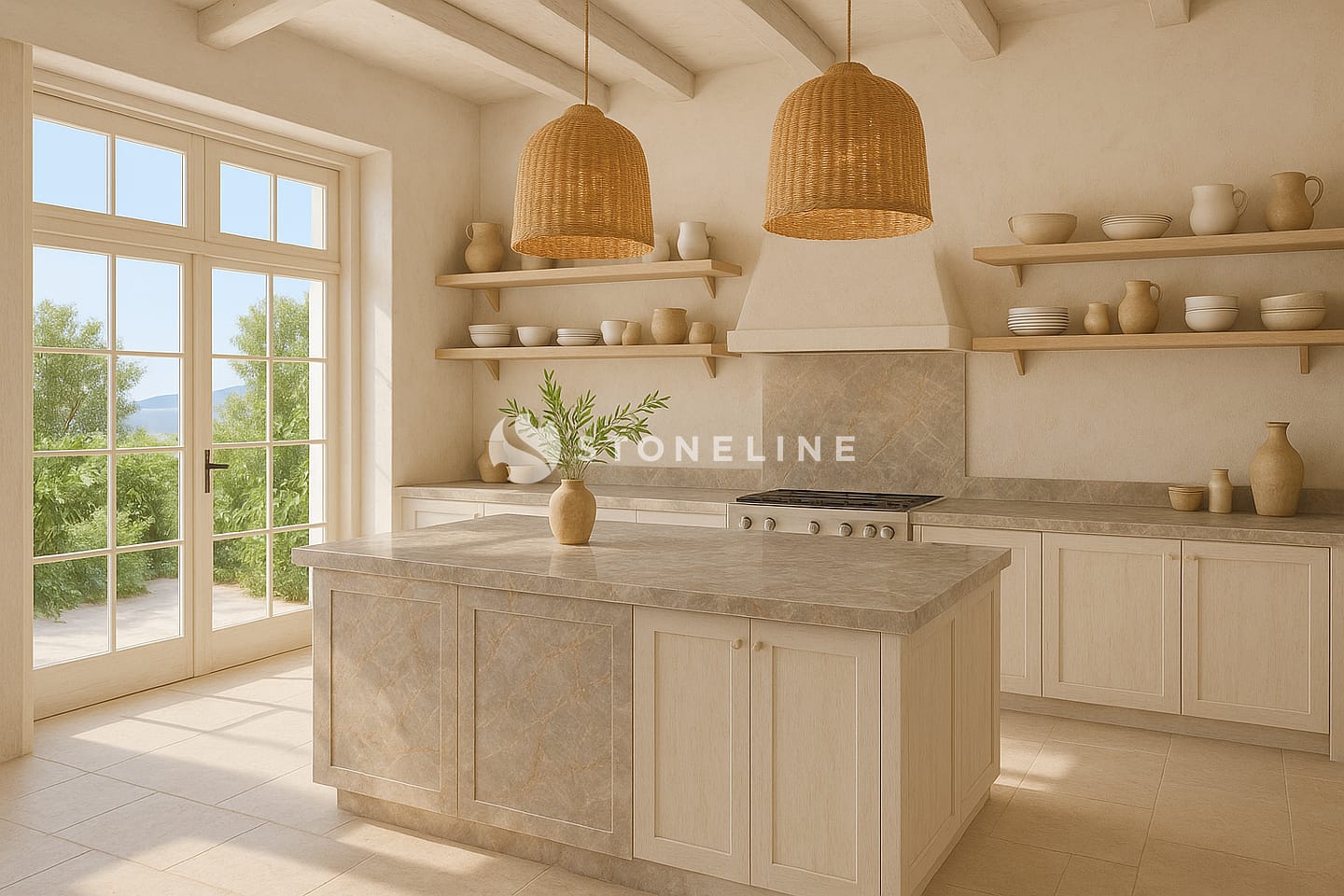
Quartzite: Characteristics, Applications and Varieties
Quartzite is a metamorphic rock predominantly composed of quartz crystals, originating from the transformation of quartz-rich sandstones under intense heat and pressure.
Sandstones that are merely cemented by quartz without full metamorphism are classified as quartz-cemented sandstones, whereas those that have undergone complete metamorphic recrystallization are termed metaquartzites or orthoquartzites.
Key Characteristics and Advantages
Quartzite is distinguished by its broad color range, extending from white to gray, pink, green, and blue.
It exhibits exceptional durability, hardness, and resistance to staining. Moreover, quartzite is highly resilient against heat and scratches, making it an ideal material for both functional and aesthetic applications.
Common Applications:
- Kitchen and bathroom countertops
- Flooring
- Wall cladding
- Exterior architectural applications
- Decorative furnishings such as tables and coffee tables
How to Select the Right Quartzite
When choosing the appropriate quartzite for a project, key factors to consider include the variety, surface texture, color, veining patterns, and overall quality of the stone.
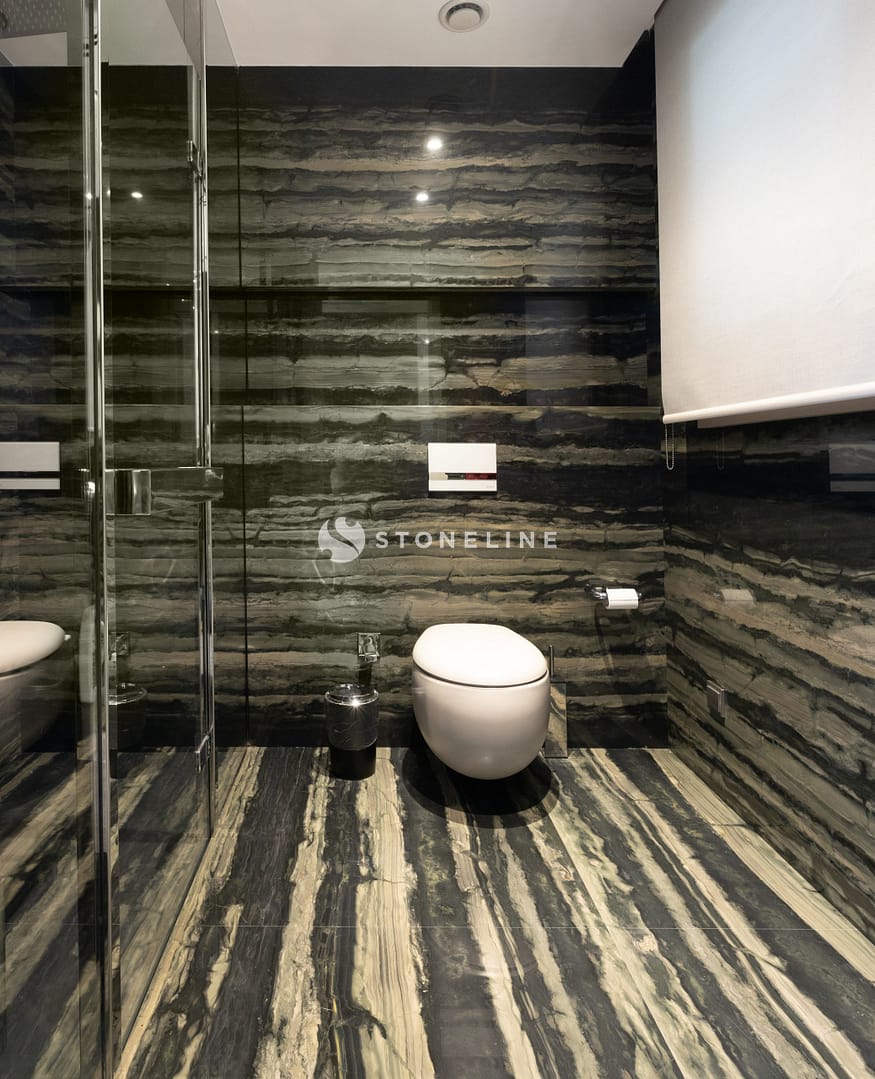
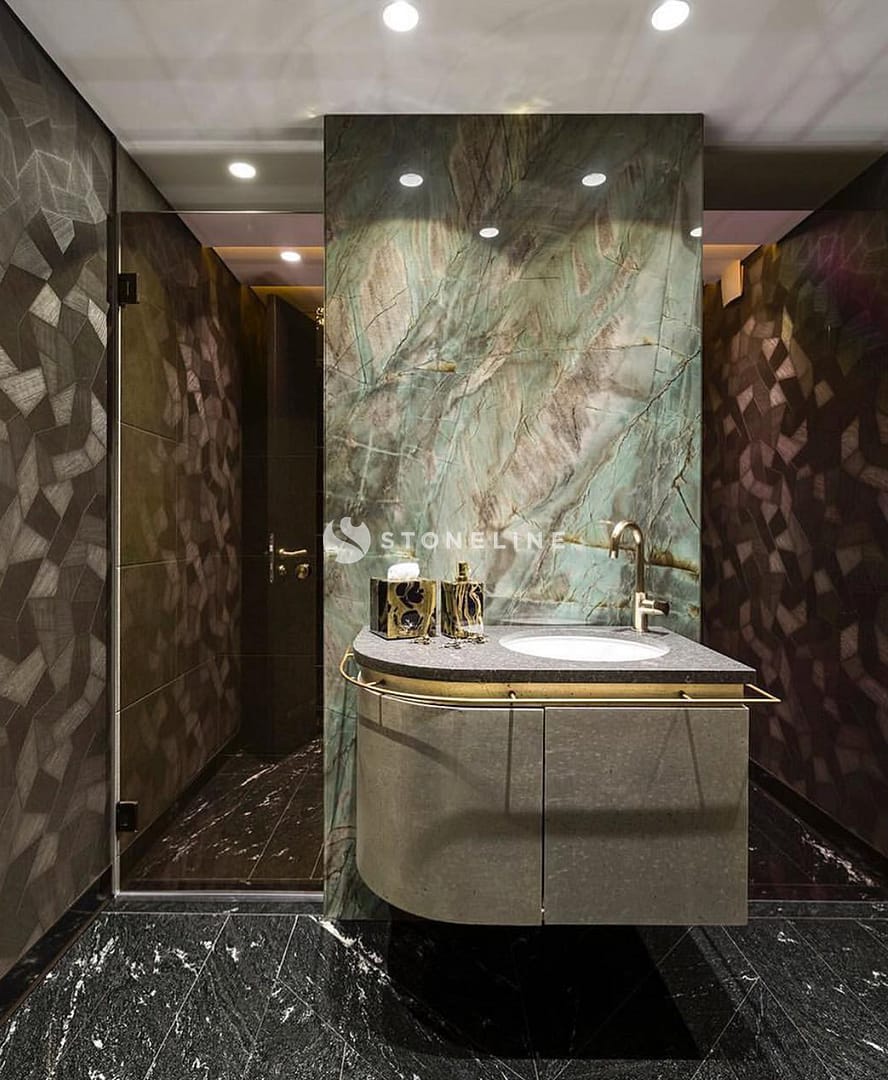
Key Considerations for Design
Lighting, Texture, and Color Harmony
When designing with quartzite, it is essential to ensure harmony with other elements within the space.
- Color: Quartzite can either create contrast or achieve cohesion with other natural stones and furnishings, depending on the desired aesthetic.
- Texture: Available in both honed (matte) and polished finishes, quartzite can enhance and complement the overall character of an environment.
Popular Design Applications for Quartzite:
- Kitchen Countertops: Quartzite is a popular choice for kitchen countertops due to its exceptional durability and aesthetic appeal.
- Flooring and Wall Cladding: Thanks to its strength and stain resistance, quartzite is ideal for both indoor and outdoor flooring and wall cladding, especially in high-traffic areas.
- Decorative Furnishings: Frequently selected for creating elegant tables, coffee tables, and similar accent pieces.
Featured Quartzite Natural Stones
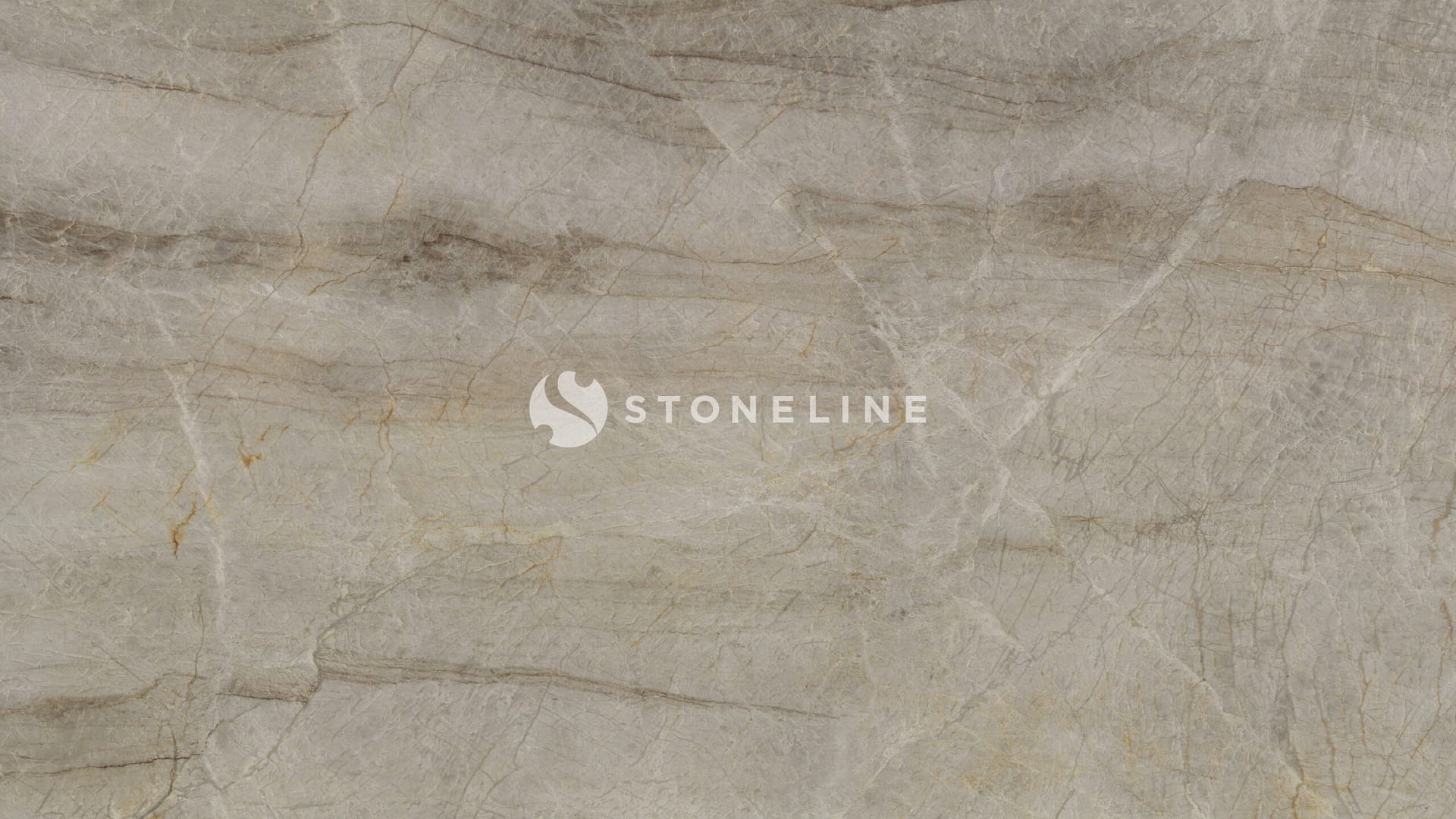
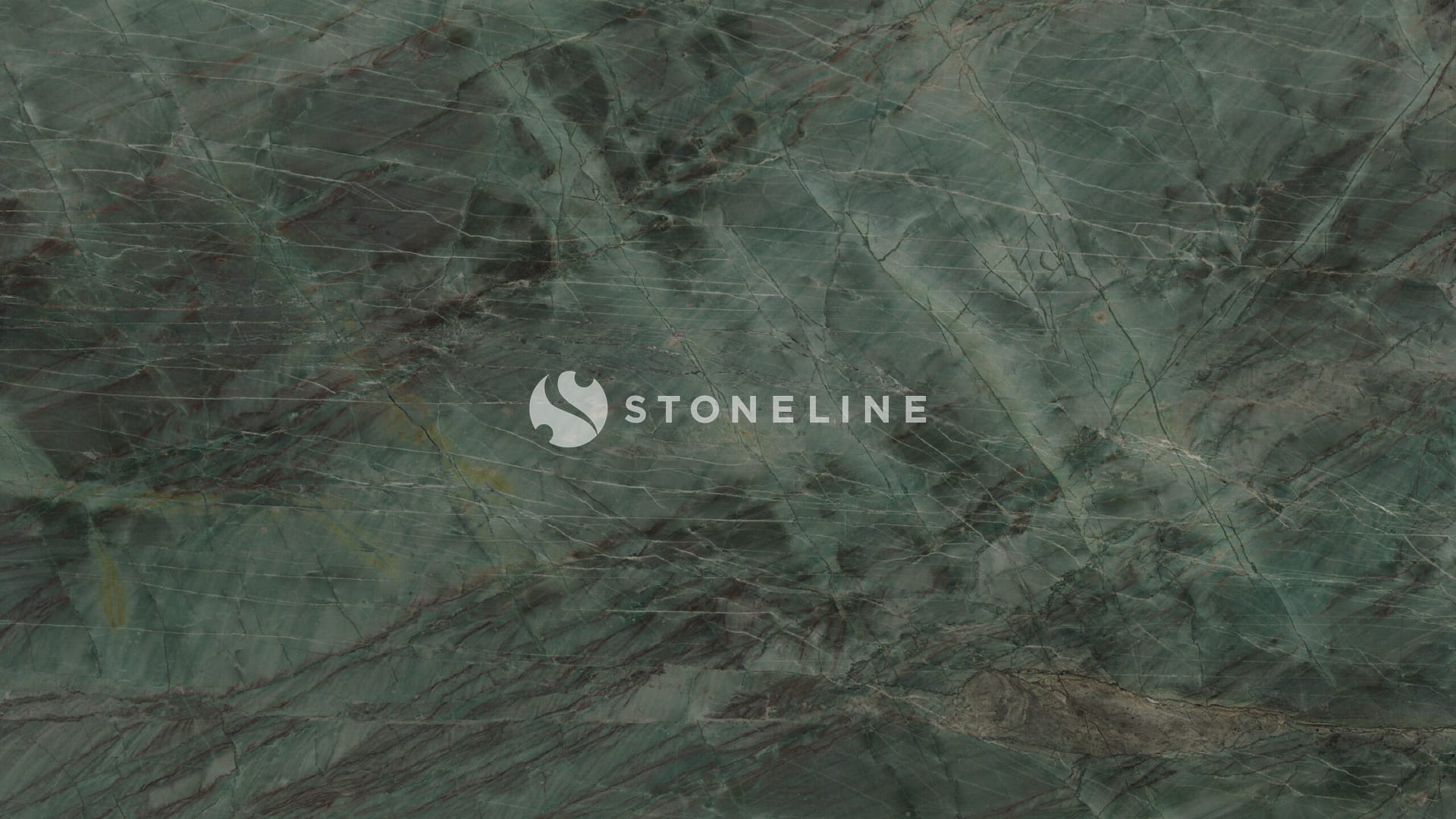
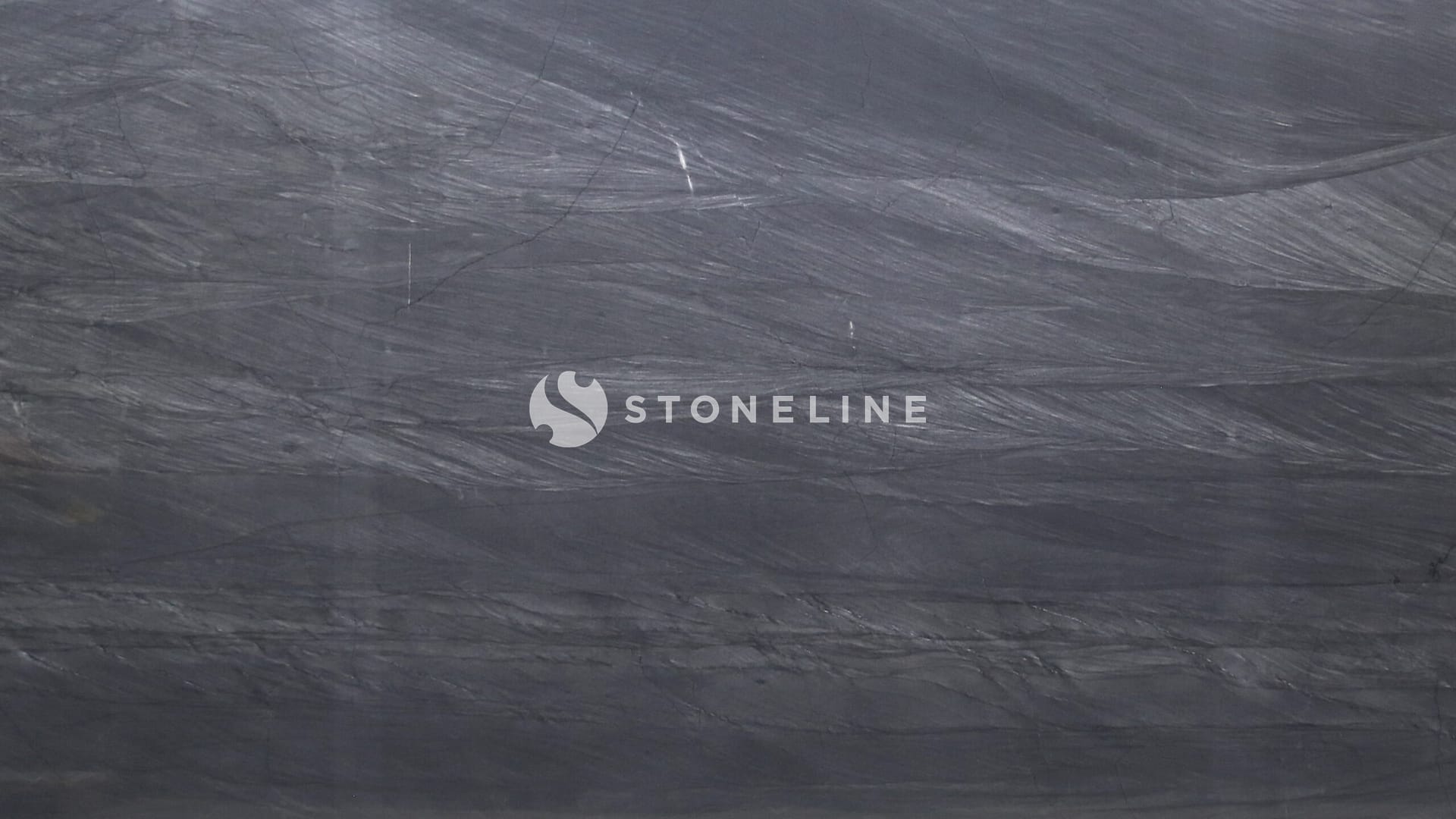
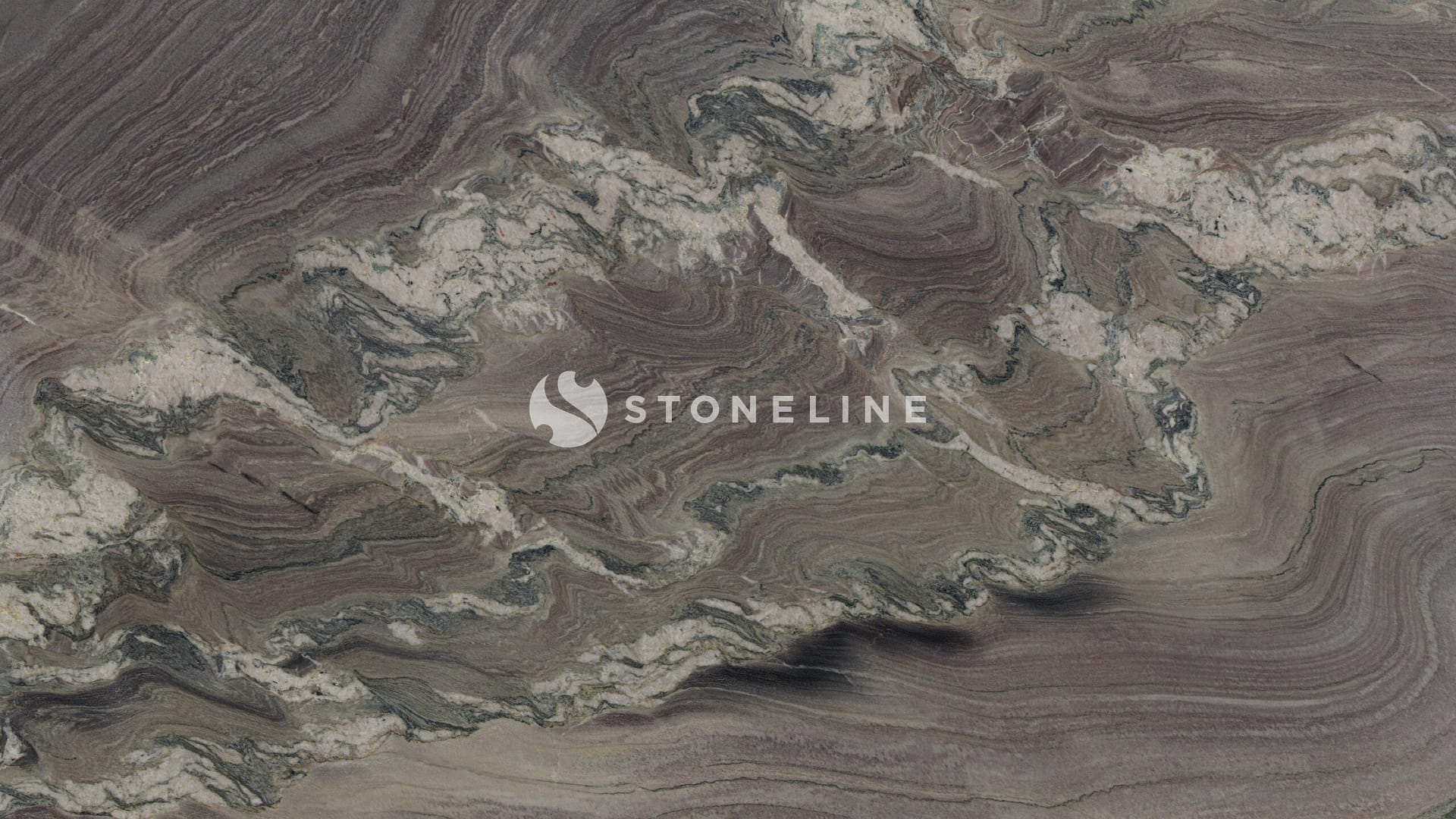

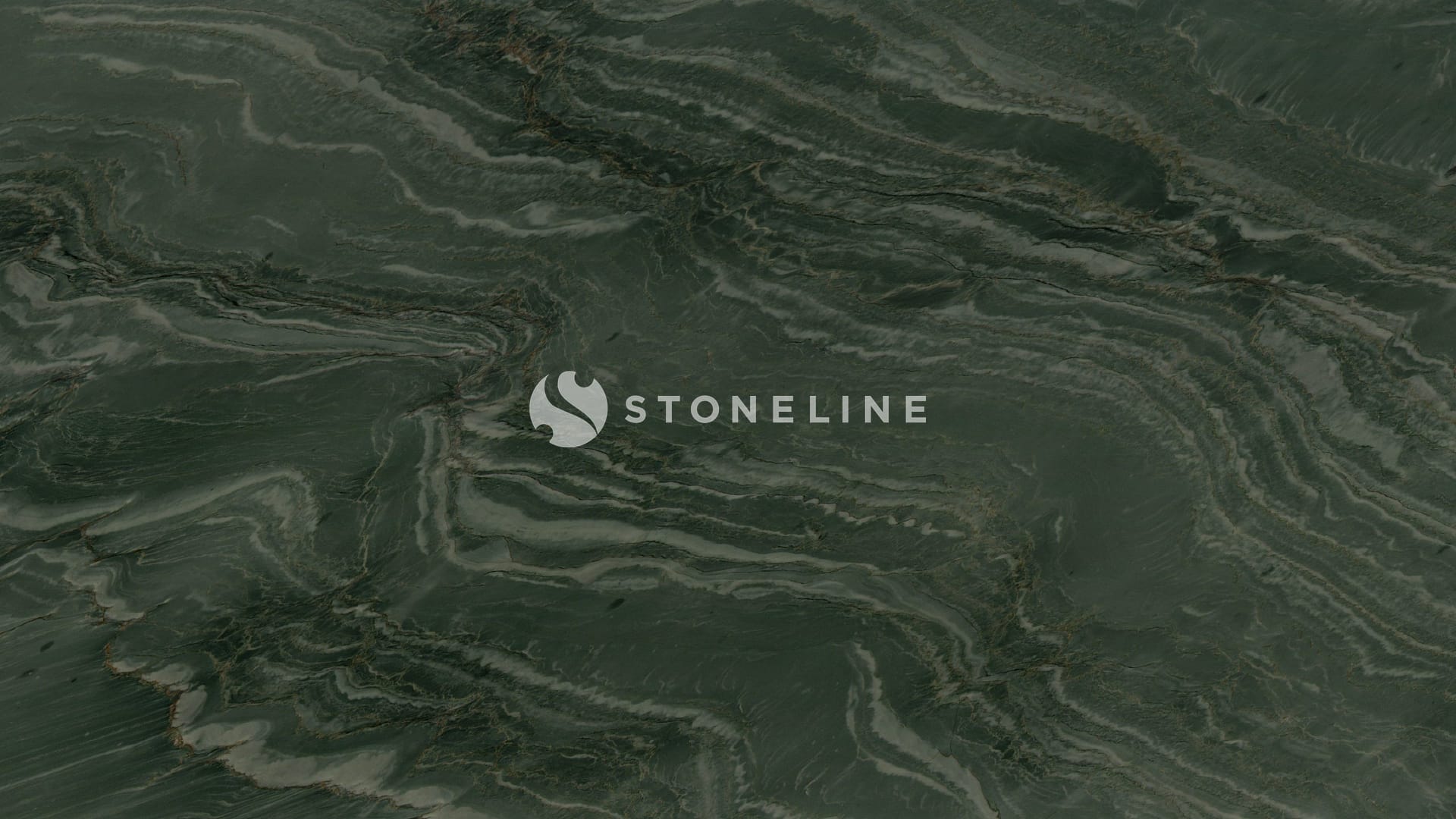
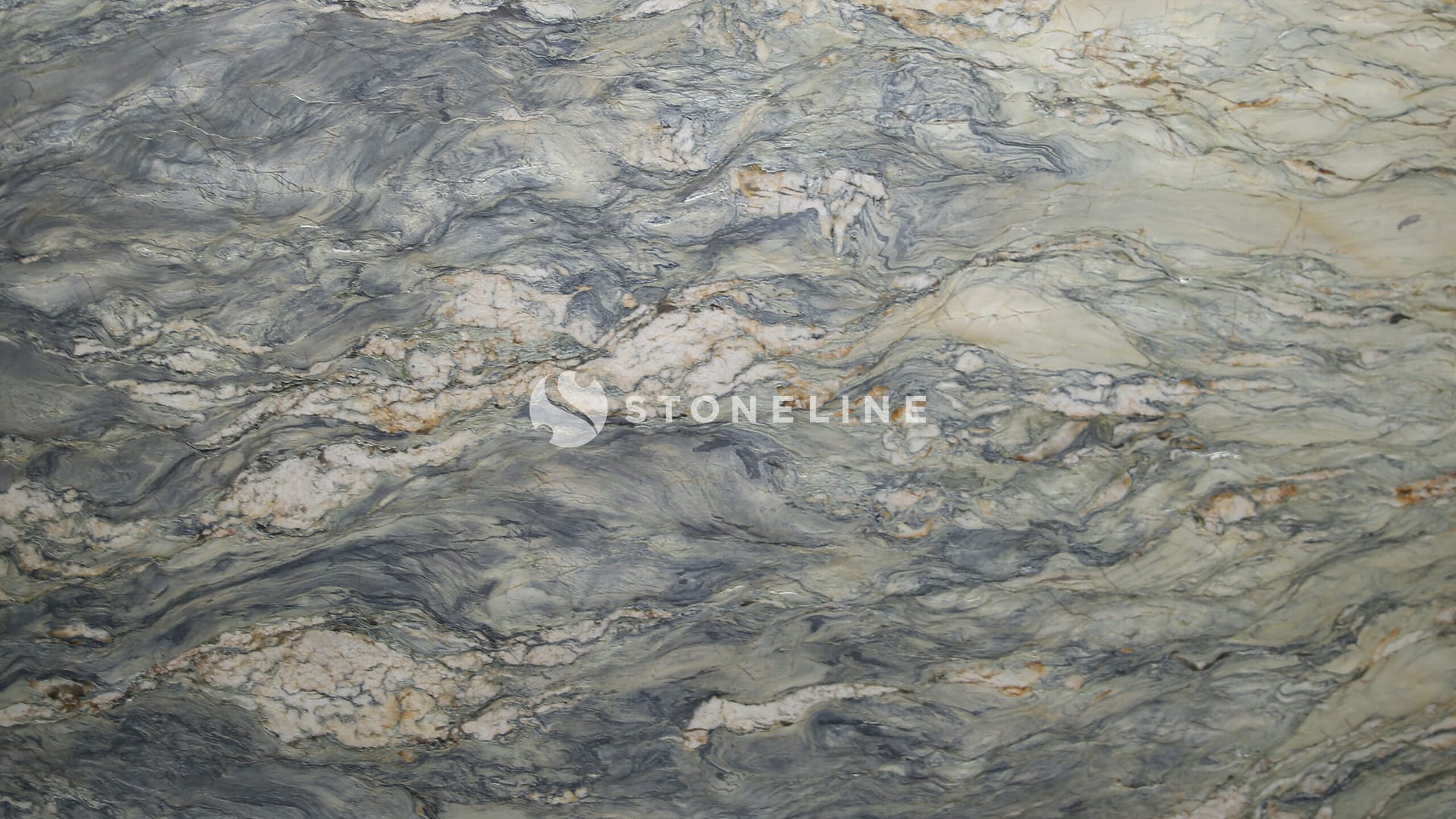
Sourcing and Procurement of Quartzite
How to Identify Reliable Suppliers, Inspect Quartzite Quality, and Plan for Delivery and Storage
When sourcing quartzite, it is crucial to work with reputable suppliers and thoroughly evaluate the quality of the stone. The following factors should be taken into consideration:
- Supplier Reputation: Research the supplier’s track record and review feedback from previous clients.
- Quality Inspection: Carefully examine the quartzite for any defects, inconsistencies, or imperfections.
- Delivery and Storage: Plan the delivery and storage process meticulously to ensure that the quartzite is handled, transported, and preserved correctly for optimal performance.
Our Quartzite Projects and Applications
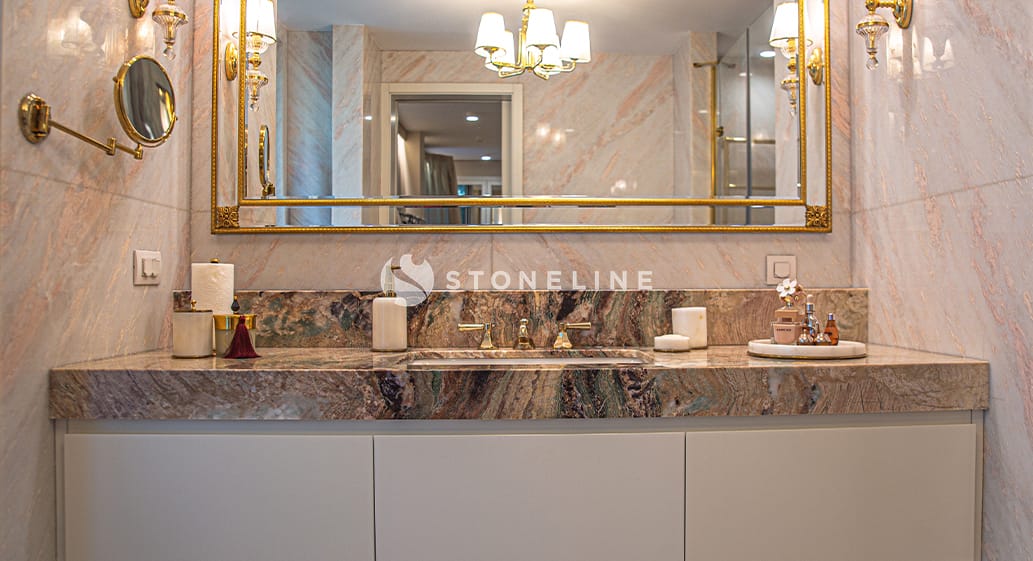
PRIVATE RESIDENCE PROJECT / 14

PODNA ARCHITECTURE / PRIVATE RESIDENCE PROJECT / 1
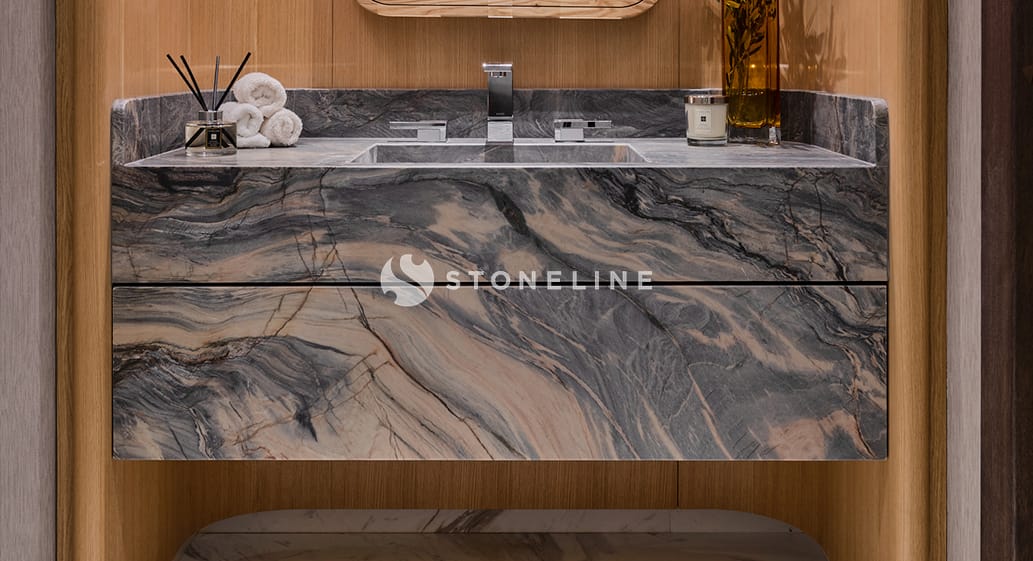
7020 DESIGN STUDIO / PRIVATE RESIDENCE PROJECT / 1
Surface Maintenance and Protection
Ensuring Long-Term Durability and Aesthetic Appeal To maintain quartzite’s beauty and resilience over time, clean the surface regularly using a mild soap and warm water.
Quartzite is often compared to granite and marble in terms of durability and aesthetic appeal. However, it has its unique characteristics and advantages that set it apart from other natural stones.
Yes, Quartzite can be used outdoors due to its durability and resistance to weathering. However, it’s essential to seal the surface regularly to protect it from the elements.
Quartzite surfaces are relatively low maintenance and can be cleaned with mild soap and water. However, it’s recommended to seal the surface periodically to protect it from stains and spills.
Quartzite is commonly used for countertops, flooring, walls, and other architectural features due to its durability and aesthetic appeal.
Quartzite is formed when quartz-rich sandstone is exposed to high temperatures and pressures, causing the quartz grains to recrystallize and form a solid rock.
Quartzite is known for its durability, hardness, and resistance to heat and scratches. It is also available in a wide range of colors and patterns, making it a popular choice for countertops, flooring, and walls.
Quartzite is a natural stone formed from sandstone, while quartz is a mineral that can be found in various types of rocks. Quartzite is often confused with quartz, but they have distinct differences in terms of composition and formation.
Quartzite suppliers can be found online or through local stone suppliers and distributors. It’s essential to research and compare prices, quality, and services before making a purchase.
Quartzite is formed through a process called metamorphism, where quartz-rich sandstone is exposed to high temperatures and pressures, causing the quartz grains to recrystallize and form a solid rock.
Quartzite’s mineral composition, which is primarily quartz, contributes to its durability and resistance to heat and scratches. The quartz grains are tightly packed, making it difficult for other minerals to penetrate and cause damage.
Quartzite’s acoustic properties, which include its ability to absorb sound, affect its performance in sound-sensitive applications. This means that Quartzite can be used to reduce echo and improve sound quality in applications such as recording studios and home theaters.
Yes, Quartzite can be used for decorative features, such as fireplaces and water features, due to its durability and aesthetic appeal.
Quartzite’s thermal conductivity, which is relatively low, affects its performance in high-heat applications. This means that Quartzite can withstand high temperatures without conducting heat, making it a popular choice for kitchen countertops and other high-heat applications.
The challenges of working with Quartzite include its hardness, which can make it difficult to cut and shape, and its porosity, which can make it prone to staining. These challenges can be overcome by using specialized tools and techniques and by sealing the surface regularly.
Quartzite is a sustainable natural stone option due to its abundance and the fact that it can be quarried using environmentally friendly methods.
Yes, Quartzite can be used for exterior cladding due to its durability and resistance to weathering. The benefits include a natural, rustic appearance and a low maintenance surface that can withstand harsh weather conditions.
Quartzite’s texture, which can range from smooth to rough, affects its aesthetic appeal. The texture can add depth and visual interest to the surface, making it a popular choice for architectural features.
There are several types of Quartzite, including White Macaubas, Taj Mahal, and Sea Pearl, each with its unique color and pattern. The variations in color and pattern are due to the presence of other minerals, such as iron oxide and titanium dioxide.
Quartzite is a hard, non-foliated metamorphic rock that was originally pure quartz sandstone. It is formed through heating and pressure, resulting in a compact, granular rock composed mainly of quartz.
 Stoneline
Stoneline